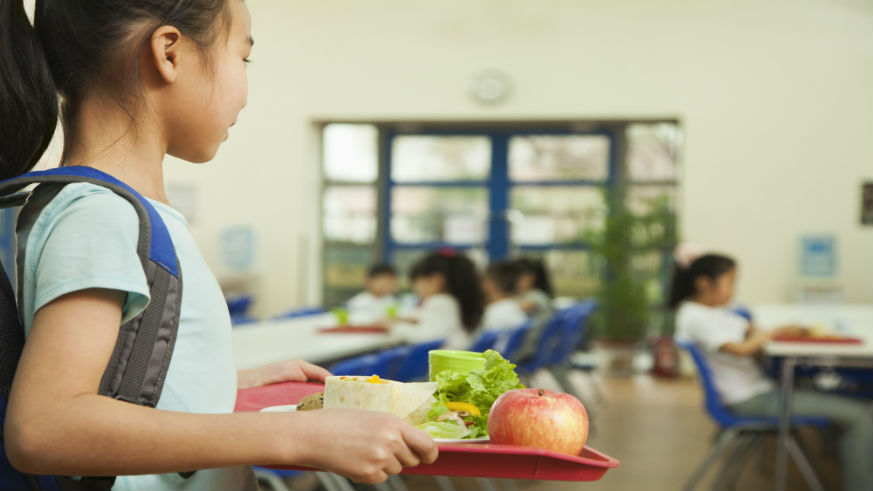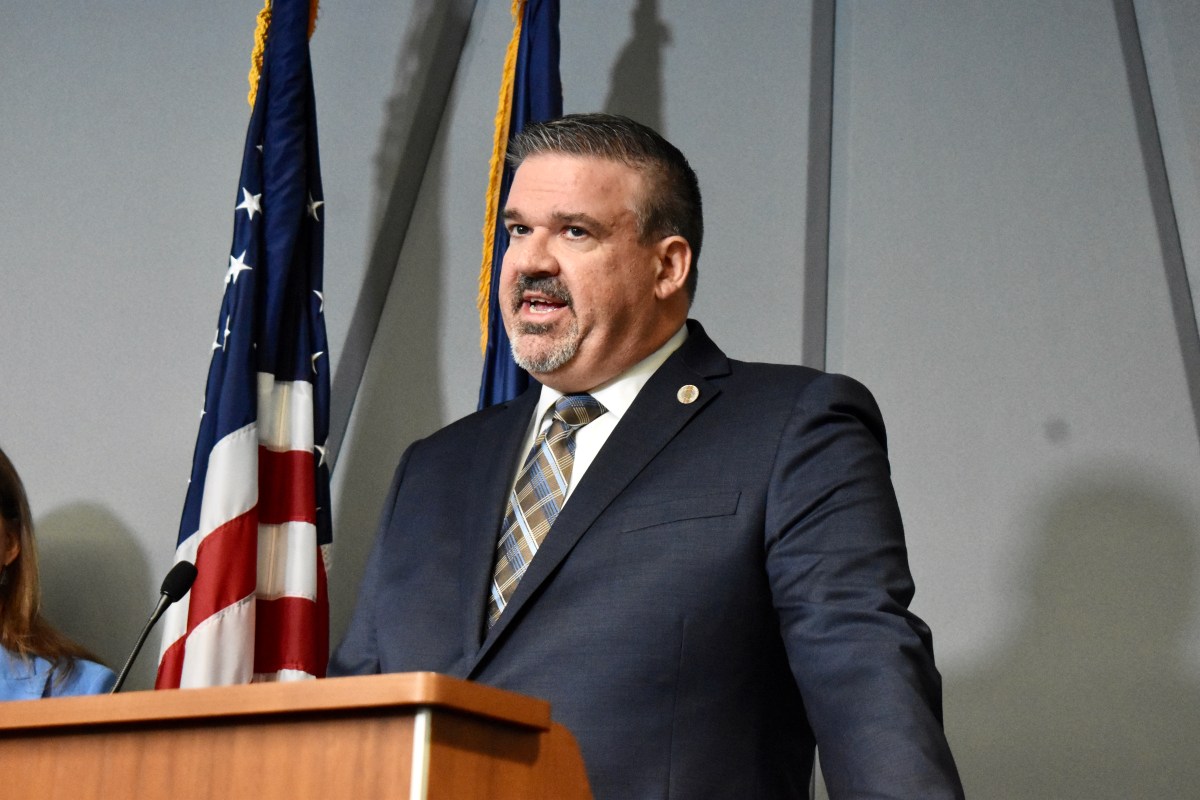While many of us will be enjoying some sort of delicious spread this Thanksgiving, we should never forget that many families struggle to put food on the table every day of the year. It’ a harsh reality and the effects of this economic divide can be closely seen with how children from these families are performing in schools. This year’s Scholastic Teachers and Principals School Report came to the startling conclusion that “71% of New York state teachers report having students in their classrooms who are coming to school hungry” and have been reporting similar statistics across the country.
Furthermore, Orgul Ozturk, an economist at the University of South Carolina (with help from her colleagues, Chad Cotti, and John Gordanier) found that the effects of malnourishment for these children can put them in a severe disadvantage. In an interview with NPR back in September, she explained that children who come from families that are stuck waiting on their monthly food-stamps to refill are less likely to perform well on important exams.
On Top of these horrifying statistics, Scholastic had also found that 90% of teachers have noticed that their children arrive at school suffering some sort of personal crisis. These issues at home can lead to missing meals and result in distractions at school. “You have so many families with children that are coming to school and their parents may be divorced or separated or they may be living with a different family member,” says Michael Haggen, the chief academic officer at Scholastic, “there are so many things that they have to deal with and then come to school, it affects how they are receiving information.”
Many schools are taking on this problem by offering free or reduced-cost breakfast and lunch programs. But while this is a step in the right direction, Haggen believes that schools should be doing more to help. Since some children come to school hungry from the night before, Haggen thinks that schools should offer three or four meals a day in order to make sure these children get the right amount of food every day no matter what their situation is like at home.
But how can faculty spot children who may not be getting enough food before and after school? Scholastic is now offering a program called “Learning Support” to help teachers and administration pick up on all of the warning signs that their students are struggling in class due to hunger. “Often times teachers may not be aware of what their students are facing when they come to them. So their assumptions can be something else,” explains Haggen, “what we do at Scholastic with ‘Learning Support’ is we teach them what to look for and what those signs are. Then how do we work with agencies to support them.”
If you are looking to help out struggling families in your community this Thanksgiving, there are many organizations like Operation Turkey that are making a difference. Give back by donating or volunteering your time. Afterall, isn’t that what Thanksgiving is all about?

























